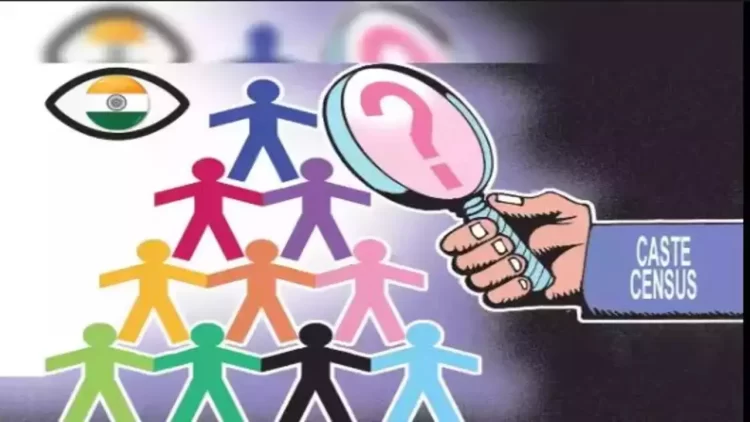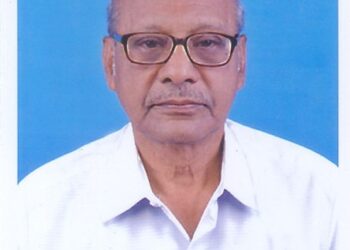The Bihar government opened a Pandora’s Box on October 2 by releasing estimates of the state’s population caste-wise as part of a survey it had conducted, triggering a national debate. However, that debate had an undercurrent: The drawing of political lines particularly in the run-up to the 2024 Lok Sabha elections. On one side of the divide were those invested in the politics of social justice, pushing caste census, and on the other side were those who see the exercise as a cynical attempt to divide society. While these debates are important, the benefits of a caste census, when wielded judiciously, can far outweigh risks, offering a chance to address deep-seated disparities and shape a more egalitarian India.
In Tamil Nadu, the demand for a caste survey has been in the air for a long time. Chief Minister M K Stalin wrote to Prime Minister Narendra Modi on October 21 stressing the need for a caste survey and demanding its integration with the upcoming national decadal census. That takes us to what purpose a caste survey would serve, irrespective of what naysayers are proclaiming. First, there is the debate raging over the past 70 years among intellectuals, politicians and administrators on whether data on the caste of individuals falling under the broad administrative categories of ‘General’ and ‘OBC’ should be collected. What the debate misses is the role of such comprehensive data on India’s graded caste hierarchy in helping to understand the country’s development pattern.
Such data will reveal inequalities in social structures, enable better policy formulation and identify obstacles in policy implementation to usher in an era of genuine equal participation and redistribution of power and resources. Caste data is key to understanding three important factors – the functioning of the labour market, wealth inequality and implementation of policy schemes. What we now have is data on the four broad categories – SCs, STs, OBCs and General. The latest NSSO-PLFS at national level tells us that of the population 9.4 per cent fall under ST category, 20 per cent under SC, 45.2 per cent OBC and 25.6 per cent under General. These estimations from the survey data may not be accurate as the Bihar survey has demonstrated because they do not consider the gradation castes – often positioned antagonistic to each other – among these categories.
That gives rise to the need for comprehensive datasets, which accurately tell us the socio-economic dimensions of each caste segment of society. The purpose of collecting caste-wise data is not only to know the scope and depth of caste-based inequalities but also to understand how caste intersects with other identities like class, gender, and region that structure opportunities and access to public and private resources. Equally important is to ensure that the collected caste data is publicly available for use by government organisations, researchers, and the public. The link between caste and occupation has been an enduring feature of Indian society, with certain professions being associated with specific castes, creating a direct bearing on accessing quality jobs, earnings potential and occupational choices in the labour market. Traditionally, some castes had inherited advantage over others on certain privileged jobs while others have been relegated to low-paying manual labour.
Macro-level evidence suggests the persistence of caste-wise occupations despite three decades of economic growth. The recent report ‘State of Working India 2023’, released by Azim Premji University suggests a pattern in accessing jobs, wages and earning outcomes. The most striking fact is the caste divide in occupational mobility – 87 per cent of the sons of casual workers belonging to the SC/ST community were themselves casual workers in 2018 and it has not changed substantially since 2004 while it had come down to 53 per cent for upper castes. Caste-based differences in different forms of capital still persist.
Inherited inequalities – wealth, cultural and social capital – are passed onto generations since caste mediates such transfers. The latest All India Debt and Investment Survey (AIDIS -2019) points to upper caste control of about 45 per cent of the total national wealth followed by 40 per cent by OBCs, 10 per cent by SCs and 5 per cent by Adivasis. Upper castes not only own more wealth, and also are disproportionately concentrated in the top quintile. About 55 per cent of wealth in the top quintile is controlled by upper castes followed by 36 per cent for OBCs, 5 per cent SCs and 3 per centTribals. The hitch, however, is that these numbers don’t give us the full picture. It conceals information on wealth distribution between different castes within these broad categories.
For instance, the amount of land, which is the key asset accounting for about 60 per cent of the wealth, held by one land-owning caste from the OBC category varies drastically with those of another landless caste coming under the same category. Another problem is the elite capture of public schemes with policy benefits often not reaching the last person. Evidence on the functioning of the PDS and the Mahatma Gandhi National Rural Employment Guarantee Act suggest that schemes are implemented well when people across caste backgrounds participate in decision-making. One of the reasons why Tamil Nadu has been doing better in designing creative populist schemes and effectively implementing those designed by the Centre is due to its caste sensibility driven by collective action from people themselves.
Such schemes worked in weakening hierarchical labour relations between the landed and the landless in rural TN. So in a situation in which caste plays an important role in the mediation between state and citizens when marginalised castes are often excluded from public schemes, a caste survey could come in handy in ironing out hitches in taking the benefits of welfare schemes to the deserving sections of society.
On the flip side, there is always a potential to misuse sensitive caste data to further communal and predatory politics. But that happens even without officially validated data as caste dynamics are already deeply embedded in India’s political discourse – detailed counts of jatis within towns and villages are already known to politicians.
So, such anxieties about misuse of the data by politicians are misplaced. While data is collected from citizens, it doesn’t flow the other way; they hardly get anything in return. The focus should thus shift from the anxiety of misuse to ensuring quality and credible data is accessible to all.
Courtesy : The Times of India









